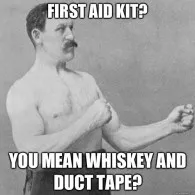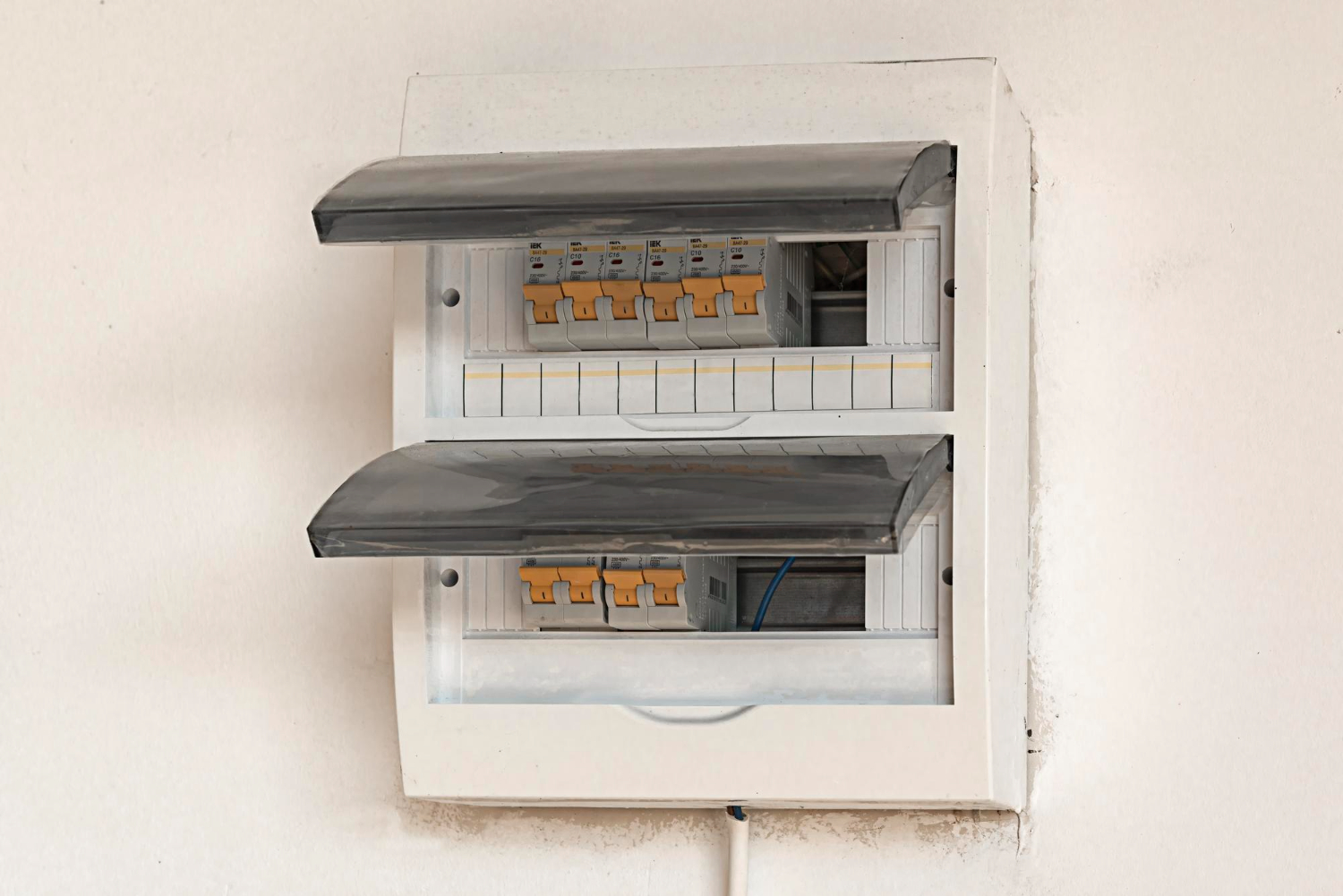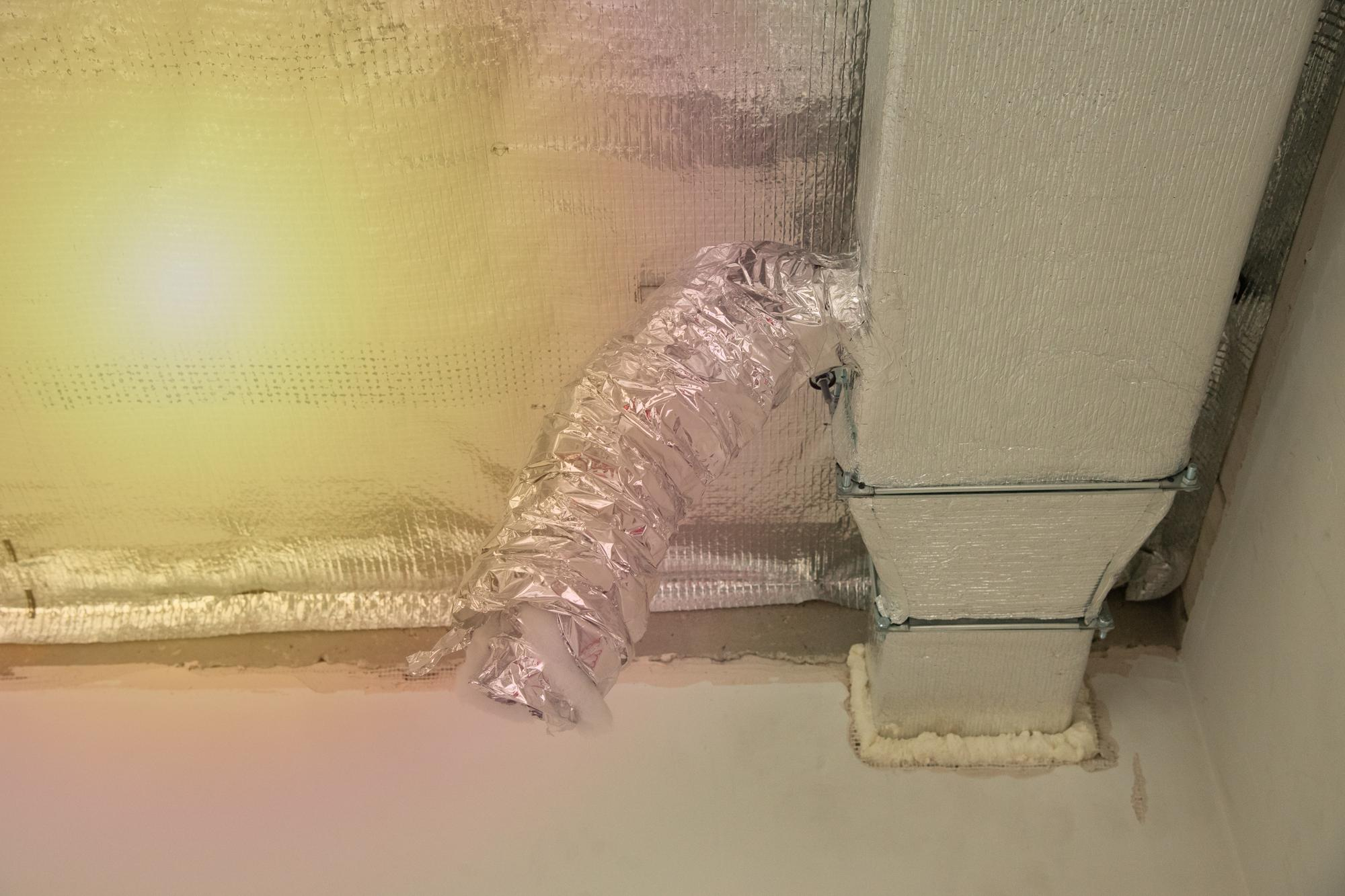Duct Tape (or Duck Tape): How This Fix-Everything Tool Sealed its Place in History
So what’s the deal with duct tape? Or is it duct tape? Well, while the debate about the name rages on, we’ll give you an HVAC perspective on the ubiquitous water-resistant, cloth-backed tape, which people around the world use for repairs, crafts, and just about anything you can imagine. You may be surprised to learn that duct tape–the typical kind lying around in people’s toolboxes and junk drawers–really isn’t good for holding together ductwork. No, you need to seal duct joints with products such as mastic and special, industry-specific, metal-backed tapes that withstand high temperatures. So maybe it’s not proper to call it duct tape. For the next couple of paragraphs, we’ll switch to the “duck” nomenclature. It’s fitting because we’re approaching the 72nd anniversary of the birth of the idea for duck tape! Back in the 1940s, a clever lady named Vesta Stoudt, who had two sons in the Navy, was helping the war effort by working at an ordnance factory in Illinois. She was responsible for packing and sealing boxes of cartridges. The boxes were covered in tape and wax to make them water-resistant, and a little bit of the paper tape was left exposed so soldiers could pull on it and easily open the boxes (or so it would seem). But Vesta realized the thin stub of paper tape would often rip right off, which meant soldiers would have to tear into the boxes to get them open. No easy task, especially when enemy bullets were flying overhead. She suggested to her supervisors that they use a stronger, cloth-backed tape instead. They liked the idea but dragged their feet in implementing it. So in February 1943 Vesta, like any good military mom, took pen in hand and sent a letter to President Roosevelt, hoping he would rattle some cages in the military bureaucracy. By March, she got her reply. Saying her idea had “exceptional merit,” the War Production Board moved to get the tape manufactured. The board tapped Johnson & Johnson–which had experience with adhesive tapes–to produce the new tape. The tape became popular with soldiers in the field, who quickly realized it was great stuff for making all types of repairs. The story is that they began to call it duck tape, either because it was made from cotton duck material, or because it had water-resistant qualities–or maybe for both reasons! “Duck Tape” was eventually registered as a trademark, so needless to say (and pardon the pun), the name stuck. Or did it?










